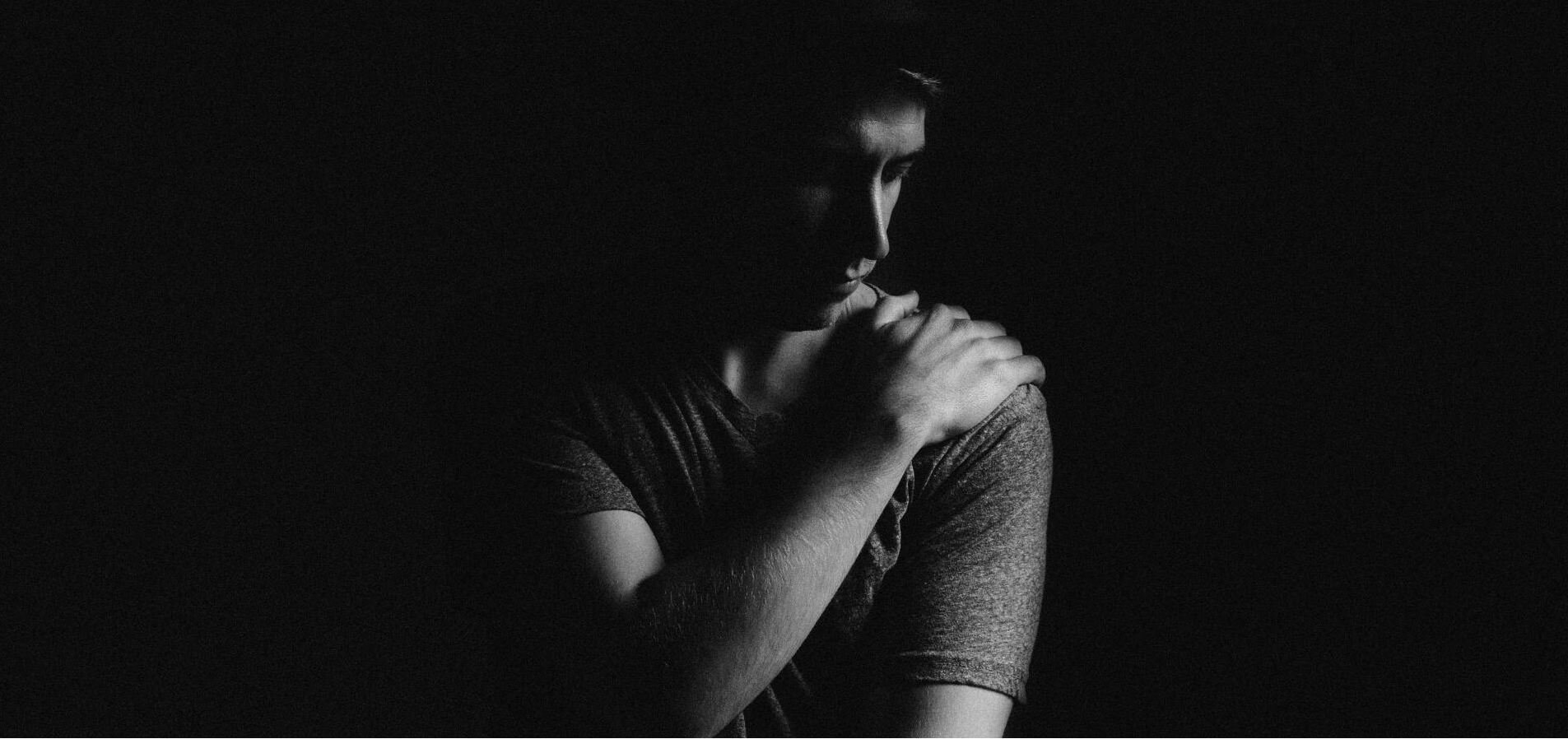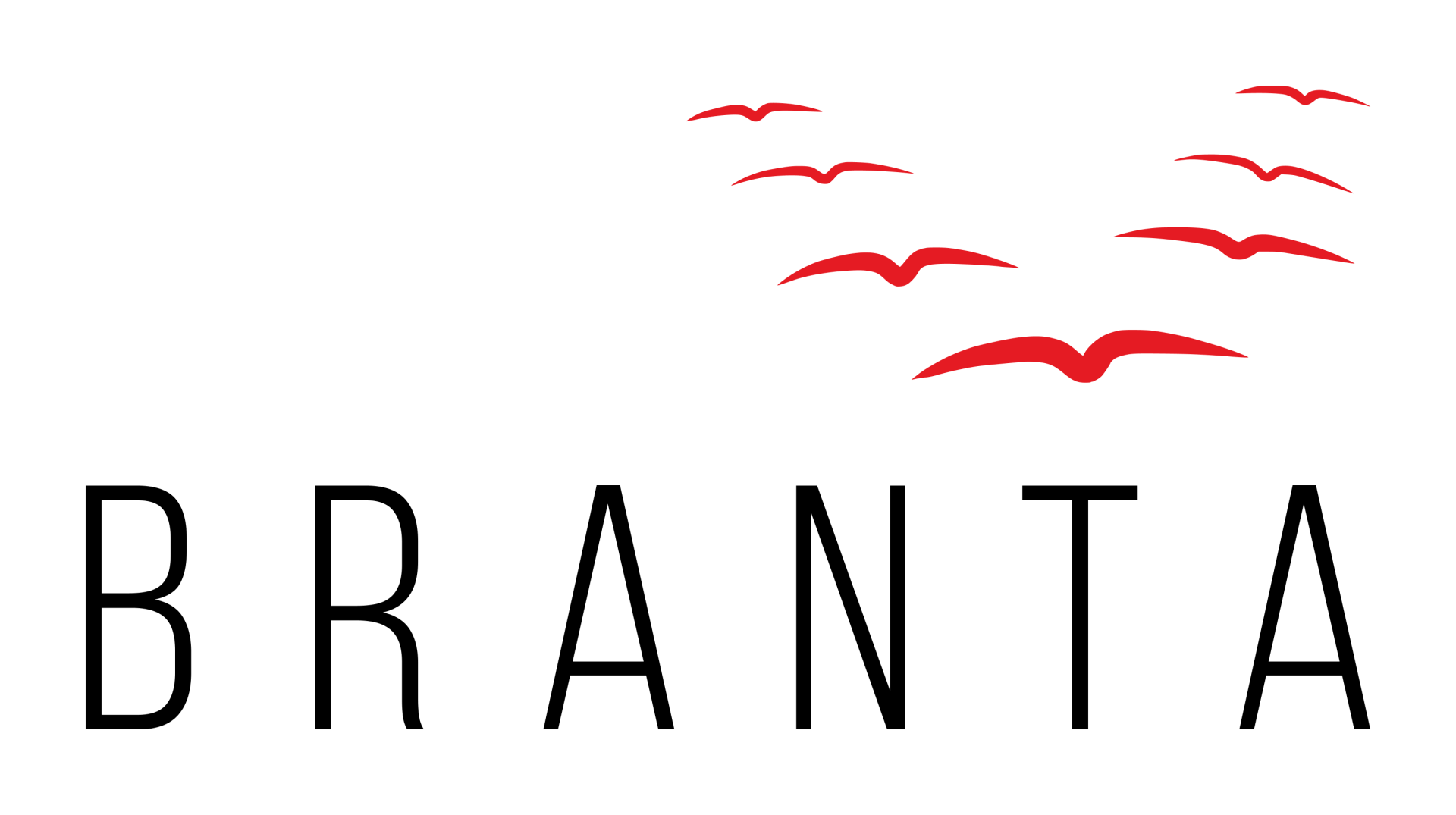Why Do We Cling On To Things That We Know Are Crazy?
loss aversion bias

Have you ever held on to something for longer than you should have done? It could be anything: an idea or a dream, or something more tangible like a difficult relationship, a failing project, or a company share that’s worth less than you paid for it.
We can all probably think of examples where we should have called time on that thing earlier than we actually did to avoid hurt. We should have called off that relationship earlier before it got intensely painful, we should have stopped that project before things got really costly, we should have sold that company share rather than holding on to it in the hope it would go back up in value again.
When you look back at some of the decisions you’ve made, or look at the decisions others have made, you can often observe totally ludicrous behaviour. Yet why do human beings act like that in the first place if we consequently see it as ludicrous?
The answer is loss-aversion bias and it’s driven by the unconscious part of our brain.
Now the unconscious part of our brain is fascinating. It’s the part of our mind which allows us to think quickly and impulsively and is responsible for about 90% of the decisions that we make. It’s actually quite child-like in that it likes pleasure and seeks to please. It’s also blind to reason in that it senses something and reacts instantly to that sensation. Sadly, our unconscious mind also thinks it’s cleverer than it actually is.
But all these characteristics of our unconscious mind are really useful most of the time. It keeps us sane, even if it’s not always right. It’s supremely quicker at decision-making than our conscious mind and relieves us of scepticism. And its responsible for all of our emotions; if we had to think about being happy, we’d probably never be happy again.
So, our unconscious mind is fast and unlimited, but often unreliable. And it can be subject to a biggy… biases. And specifically, loss-aversion bias which makes us hold on to things longer than we arguably should have done.
When you possess something that has a risk of downside to it (like that relationship, that project, or that company investment) as well as upside, the last thing that your unconscious mind wants to experience is the pain of loss. Whilst it’s difficult to quantify, research has existed for about three decades now that shows that the pain of loss is a feeling approximately twice as intense as the pleasure of gaining. Your unconscious mind will do all it can to influence you to avoid loss.
So, what this means is that loss-aversion bias can cause us to be too:
- risk-averse before we make a decision; and
- unwilling to incur a loss when faced with the decision to let something go, ahead of it getting worse.
There are any number of high-profile examples where decision-makers may have been affected by loss-aversion bias:
- Millennium Dome: early in its life after opening, it was clear that the visitor numbers and cash flows were nowhere near expectations, yet the attraction continued to be run in the same underperforming guise.
- Channel Tunnel: works were carried out between 1988 and 1994 at a cost of £4.65bn which was 80% higher than expected. Several bankruptcy protection filings and debt restructurings later, the project finally generated a profit thirteen years after opening in 2007.
- HS2: initially forecast to cost £37.5bn in 2009, the latest estimates as to its cost range up to £110bn. Is it simply loss-aversion bias that keeps this project going?
Politicians, investors, lenders and project financiers can be especially liable to loss aversion bias. But it can also affect the smaller decisions that each and every one of us makes on a regular basis where we cling on to situations in the hope they will turn around or compel us to throw good money after bad. Do you now recognise this behaviour in yourself?
Don’t worry, we’re all wired mostly the same and there are industries that thrive on loss aversion bias. How many emails and socials do you get alerting you to act now before missing out on something? Or when did you last take advantage of the legal protection cover you paid for on your car insurance policy? Both useful in the small chance that you need them, I’m sure. But the people doing the selling here are capitalising on loss aversion bias.
More concerning however in the world of company restructuring, we often see the loss as businesses enter insolvency. Loss-aversion bias can afflict the directors and shareholders so that they hope that they will resolve the predicament they find themselves in; this usually leads to a sad, terminal decline of the company. Had the decision makers not been guided by their unconscious decision-making, the outcome might have been very different.
What this means in practice is that if you detect the warning signs of distress in your business, you should act decisively and early. In these situations, time is the enemy of a good solution. As you procrastinate and hope that you’ll reverse the situation you’re in, you’re actually reducing the options available to you.
There’s a well-known phenomenon in share trading that basic decision-making can be explained because of the reaction to one of three emotions: fear, hope and greed. These are unconscious emotions driving what should be very rational decisions. Don’t let the fate of your business be subjected to the same emotional responses.
An initial conversation with a restructuring professional normally costs nothing, but for the insight and experience you’ll receive it could be one of the best conscious decisions you make in the lifetime of your business. To speak to one of the restructuring team at Branta, email us at info@branta.co.uk




